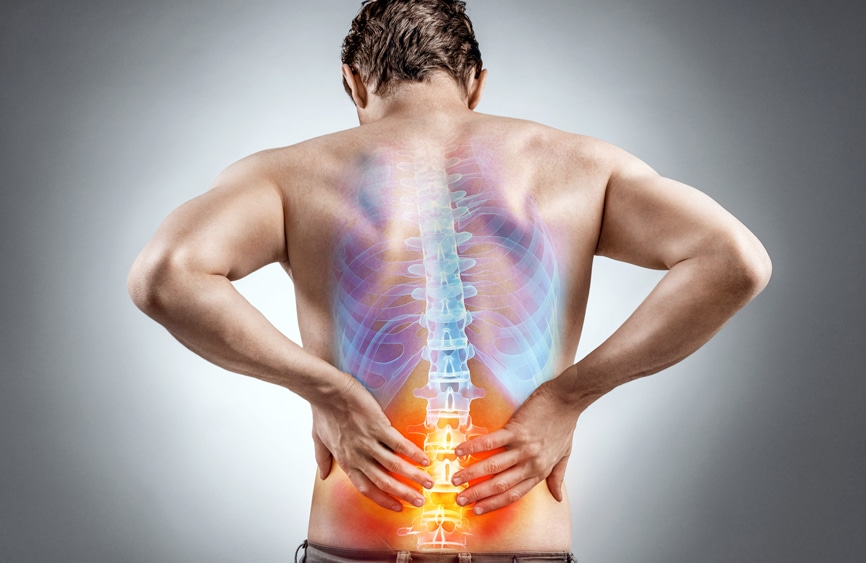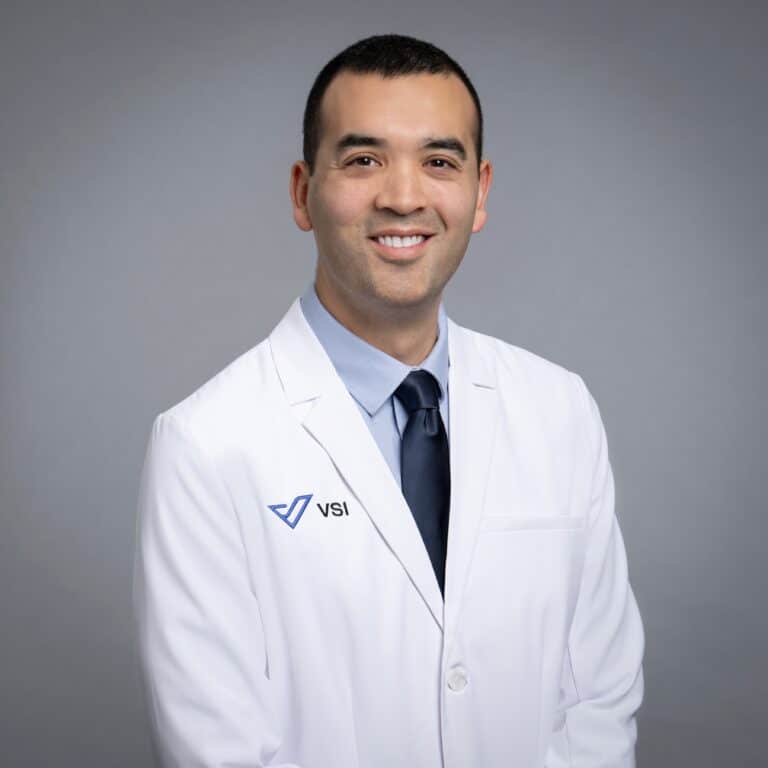
Top 5 Common Causes of Pain After Spine Surgery
What Happens When Spine Surgery Causes More Pain?
Spine surgery is often intended to relieve chronic pain, yet some patients find themselves experiencing even more pain after spinal fusion or dealing with common problems after spinal fusion, such as permanent nerve damage after back surgery or severe pain after back surgery. If you are suffering from severe pain after back surgery, you’re not alone. Many patients come to us after seeking help from other specialists, having been told their pain is “normal” or untreatable. This is simply not true!
At VSI, our team of expert spine surgeons specializes in diagnosing and treating persistent back pain after surgery, identifying the root cause, and providing effective, personalized solutions. We utilize advanced robotics and navigation technology to perform complex spine surgeries with precision, helping patients achieve long-term pain relief and improved quality of life.
Here are five common reasons why you may still be in pain after spine surgery and what can be done to fix it.
5 Common Causes of Pain After Spine Surgery
Spinal Instability and Abnormal Motion
In many cases, back pain is caused by nerve impingement due to conditions like herniated discs or spinal stenosis. To relieve this, decompression surgery is often performed. However, if this is done without spinal fusion, it can lead to spinal instability, increasing the risk of ongoing pain.
The human spine requires both flexibility and rigidity, but removing too much bone weakens this balance. If your spine remains unstable post-surgery, fusion may be necessary to restore support and prevent worsening pain. This is a key reason why patients experience back pain years after spinal fusion surgery—either because fusion was not performed or did not heal properly.
Lack of Spinal Fusion (Failed Fusion)
A spinal fusion procedure relies on bone growth to join two vertebrae together. However, in some cases, this fusion fails, meaning the bones don’t grow together, leading to severe back pain after surgery. Symptoms of a failed fusion include:
- Lower back pain after spinal fusion
- Leg and buttock pain after spinal fusion surgery
- Muscle pain after surgery
Failure to properly fuse may result from surgical technique, patient health factors, or insufficient recovery time. In many cases, a revision surgery with an experienced orthopedic spine surgeon can successfully address the issue, allowing proper fusion and pain relief. Consult your spine doctor to learn more about the procedure and determine if you’re a candidate.
Poor Posture Resulting in Back Pain
Spinal fusion surgery removes mobility in certain areas of the spine to provide stability. However, if done incorrectly, it may cause the patient to heal with poor posture, leading to long-term discomfort.
One common issue is flatback syndrome, where the body heals in a forward-flexed position, leading to:
- Progressive back pain throughout the day
- Difficulty standing upright
- Chronic lower back pain after surgery
In such cases, surgical realignment of the spine may be required to correct posture and alleviate pain.
Progression of Nerve Pinching and Arthritis
Spine surgery aims to relieve pain, but if not thoroughly diagnosed, underlying issues may remain unaddressed. Persistent nerve compression or spinal arthritis may continue to cause pain if all affected levels of the spine are not treated.
Patients experiencing pain after spinal fusion surgery, persistent lower back pain after surgery, or severe leg pain after spinal fusion should undergo a comprehensive evaluation to determine if additional levels of the spine require treatment. Addressing these unresolved issues through revision surgery can provide lasting relief.
Painful Spinal Fusion Hardware
Many spinal surgeries require the use of screws, rods, or plates to help with spinal fusion. However, some patients report problems with titanium rods in the back leading to ongoing discomfort. While these implants are crucial for stability, they can sometimes cause discomfort after fusion is complete. Patients may experience:
- Pain around the surgical site
- Problems with titanium rods in the back
- Muscle spasms after laminectomy surgery
If the hardware becomes bothersome after fusion is achieved, removing it may significantly improve comfort and eliminate lingering pain.
What Should You Do If You Have Pain After Back Surgery?
If you’re struggling with ongoing pain after spinal fusion or back surgery, it’s important to seek expert evaluation and treatment rather than enduring discomfort. At VSI, our experienced spine specialists take a comprehensive approach to diagnosing and treating failed back surgery syndrome (FBSS) to help you regain your quality of life.
VSI offers:
- Cutting-edge robotic and navigation-assisted spine surgery
- Thorough evaluations to pinpoint the root cause of pain
- Minimally invasive revision procedures for failed spinal fusions
- Personalized recovery plans to optimize healing
Read More About VSI’s Spine Care Solutions
Topics covered
About the Author
Featured Resources
Insights to Achieve a Pain-Free Life



